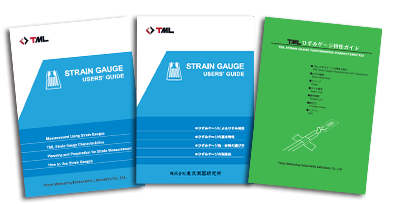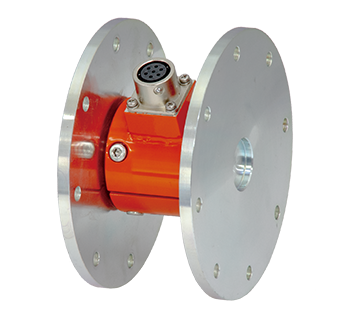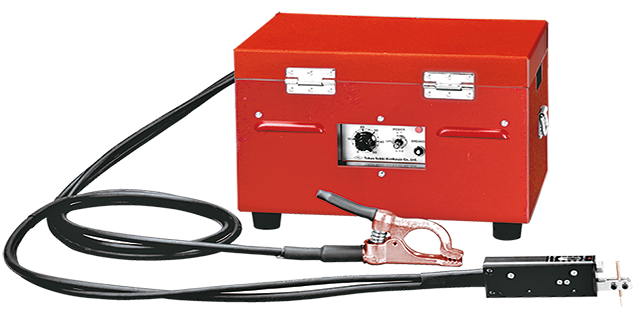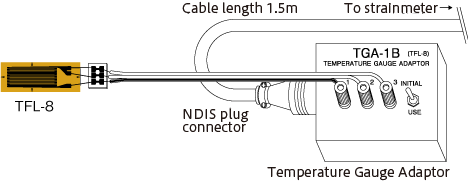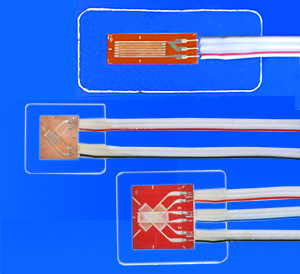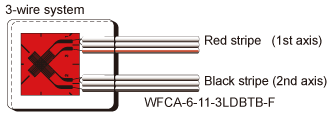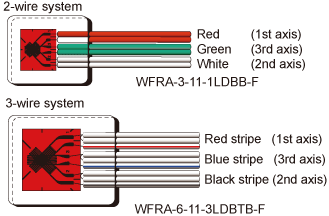Ring type Displacement Transducer
OU Ring type Displacement Transducer
10mm to 30mm
The OU displacement transducer is a combination of a round plate spring and strain gauges. It is mounted with its contact tip pressed against a structure. When displacement occurs in the structure, the plate spring is deformed and an output proportional to the displacement can be output.
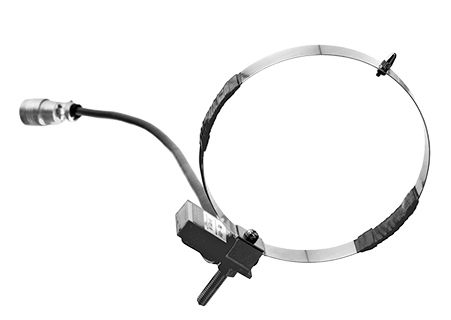
- Features
- High Response
- Stable measurement with simple shape
- Easy handling
-
Specifications
Type Capacity Rated output Sensitivity
(x 10-6 strain/mm)Non-linearity Temperature range OU-10 10mm Approx. 5mV/V
(10000 x 10-6 strain)Approx. 1000 1%RO 0 to +40℃ OU-20 20mm Approx. 500 OU-30 30mm approx. 300 Output polarity
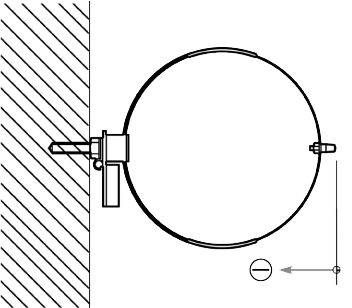
Measurement moves in the minus direction when the contact tip is pushed inward.
More Information

